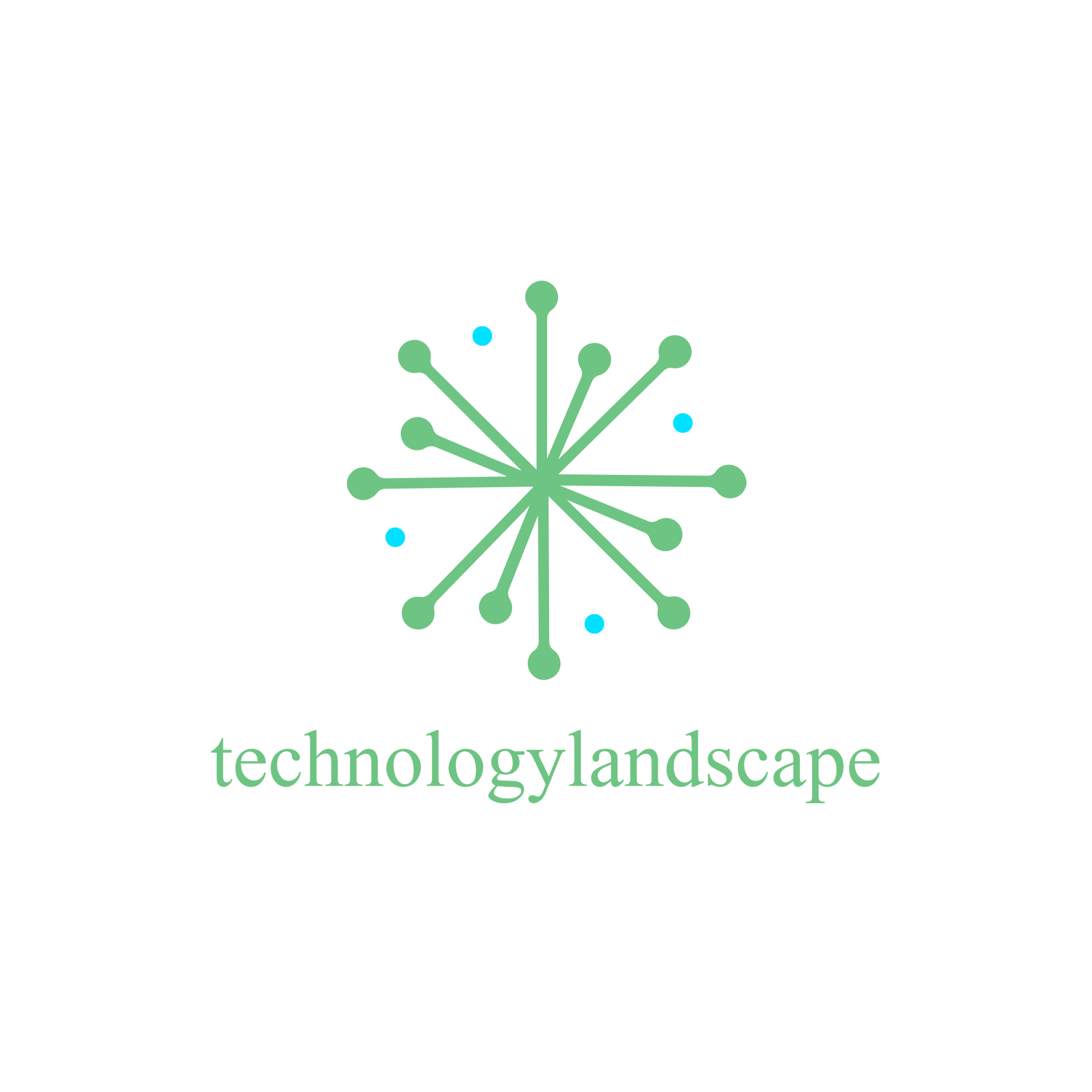Understanding the Difference Between Automation Anywhere and Blue Prism: RPA Platforms
Gone are the days when businesses relied solely on manual labor to accomplish mundane and repetitive tasks. In the world of automation and digital transformation, Robotic Process Automation (RPA) has become the go-to solution for organizations seeking to streamline their operations, enhance efficiency, and reduce costs. Among the leading players in the RPA market, Automation Anywhere and Blue Prism stand out as robust platforms that offer a wide range of features and benefits to businesses of all sizes. In this blog article, we will delve into the details of Automation Anywhere and Blue Prism, highlighting their strengths, weaknesses, and key differences, enabling you to make an informed decision when it comes to selecting the RPA platform that suits your organization’s needs the best.
The Power of Automation Anywhere
Automation Anywhere, founded in 2003, has emerged as one of the pioneers in the field of RPA. With a user-friendly interface and a comprehensive set of features, Automation Anywhere has gained popularity among enterprises across industries. It allows organizations to automate a wide range of tasks, including data entry, data extraction, report generation, and much more. Its drag-and-drop functionality, coupled with a visual process designer, makes it easy for non-technical users to create and manage automated workflows. The platform’s advanced analytics capabilities provide valuable insights into process performance, enabling organizations to identify bottlenecks and optimize their operations.
Key Features of Automation Anywhere
Automation Anywhere offers a plethora of features that make it a preferred choice for many businesses:
1. Bot Creator: With Automation Anywhere’s Bot Creator, users can build custom bots to automate various processes, reducing the need for manual intervention.
2. Bot Insight: The platform’s Bot Insight feature provides real-time analytics and actionable insights, allowing organizations to make data-driven decisions.
3. Bot Farm: Automation Anywhere’s Bot Farm allows users to deploy and manage multiple bots simultaneously, further enhancing productivity and efficiency.
4. IQ Bot: IQ Bot, a cognitive automation solution by Automation Anywhere, leverages artificial intelligence and machine learning to automate complex tasks involving unstructured data.
The Blue Prism Advantage
Blue Prism, founded in 2001, has established itself as one of the leading RPA platforms in the market. Known for its scalability and security, Blue Prism is widely adopted by enterprises seeking to automate their business processes. The platform offers a digital workforce that can seamlessly integrate with existing systems and applications, enabling organizations to achieve end-to-end automation. Blue Prism’s Digital Exchange (DX) provides a marketplace for users to access pre-built automation solutions, making it easier to automate tasks across various industries and domains.
Key Features of Blue Prism
Blue Prism offers a range of features that set it apart from its competitors:
1. Control Room: Blue Prism’s Control Room serves as a centralized hub for managing and monitoring the digital workforce, providing real-time insights into the status of automated processes.
2. Digital Exchange: The platform’s Digital Exchange is a rich ecosystem that offers a wide array of pre-built automation components, enabling users to accelerate their automation journey.
3. Visual Business Objects: Blue Prism’s Visual Business Objects (VBOs) empower users to automate complex tasks by creating reusable components, reducing development time and effort.
4. Scalability and Security: Blue Prism’s architecture is designed to support enterprise-scale automation while ensuring data security and compliance with industry standards.
The Difference in Approach: Automation Anywhere vs. Blue Prism
While both Automation Anywhere and Blue Prism offer powerful RPA capabilities, they differ in their approach and philosophy. Understanding these differences is crucial in making the right choice for your organization. Let’s explore the contrasting aspects of Automation Anywhere and Blue Prism:
1. Ease of Use and Accessibility
Automation Anywhere takes pride in its user-friendly interface and intuitive design. With its drag-and-drop functionality and visual process designer, users with minimal technical expertise can quickly create and manage automated workflows. On the other hand, Blue Prism, although highly scalable and robust, has a steeper learning curve, requiring users to possess a certain degree of technical proficiency to take full advantage of the platform’s capabilities. This makes Automation Anywhere an ideal choice for organizations looking for a quick and easy implementation of RPA.
2. Scalability and Enterprise Readiness
When it comes to scalability and enterprise-grade capabilities, Blue Prism takes the lead. Its architecture is designed to handle large-scale automation deployments, making it suitable for organizations with complex business processes and a higher volume of transactions. Blue Prism’s Control Room provides centralized management and monitoring of the digital workforce, making it easier for administrators to ensure smooth operation and identify areas for optimization. Automation Anywhere, while offering scalability, may face some limitations when it comes to handling extremely large-scale deployments.
3. Ecosystem and Third-Party Integrations
Automation Anywhere boasts a vast ecosystem, with numerous third-party integrations, allowing organizations to seamlessly connect with various systems and applications. This enables businesses to automate end-to-end processes, eliminating any data silos and ensuring efficient workflow across multiple platforms. Blue Prism, with its Digital Exchange, takes a different approach by providing a marketplace for users to access pre-built automation solutions. This ecosystem allows organizations to leverage the collective knowledge and experience of the global Blue Prism community, accelerating their automation initiatives.
4. Cognitive Capabilities and Artificial Intelligence
When it comes to cognitive capabilities and artificial intelligence, Automation Anywhere and Blue Prism offer distinct approaches. Automation Anywhere’s IQ Bot leverages AI and machine learning algorithms to automate complex tasks involving unstructured data, such as document processing and natural language understanding. On the other hand, Blue Prism takes a more modular approach, allowing users to integrate with third-party AI solutions and cognitive services, such as natural language processing and computer vision. This flexibility enables organizations to choose the cognitive services that best fit their specific requirements.
Which RPA Platform Should You Choose?
Choosing between Automation Anywhere and Blue Prism depends on your organization’s unique requirements, budget, and technical capabilities. Here are some factors to consider when making your decision:
1. Complexity of Business Processes
If your organization deals with highly complex and diverse business processes, Blue Prism’s scalability and enterprise-grade capabilities may be the better fit. It can handle large-scale deployments and offers advanced features like Visual Business Objects, which enable automation of intricate tasks. However, if your processes are relatively straightforward and require a quick implementation of RPA, Automation Anywhere’s user-friendly interface and drag-and-drop functionality may be more suitable.
2. Technical Expertise
Consider the technical expertise within your organization when evaluating RPA platforms. If you have a team with strong technical skills and the ability to handle more complex configurations, Blue Prism’s robustness and advanced capabilities may be a good fit. However, if you have limited technical resources and require a platform that can be easily adopted and managed by non-technical users, Automation Anywhere’s simplicity and user-friendly interface may be the way to go.
3. Ecosystem and Third-Party Integrations
Assess your organization’s need for third-party integrations and the availability of pre-built automation solutions. Automation Anywhere offers a vast ecosystem with multiple integrations, providing seamless connectivity with different systems and applications. On the other hand, Blue Prism’s Digital Exchange offers access to a wide range of pre-built automation components, enabling organizations to quickly leverage industry-specific solutions. Evaluate your specific integration requirements and the level of flexibility you need in choosing automation components.
4. Cost Considerations
Last but not least, consider your budget when selecting an RPA platform. Both Automation Anywhere and Blue Prism have their licensing models, and the costs may vary based on factors like the number of bots, the level of support, and additional features required. It is essential to evaluate the pricing structures of both platforms and determine which aligns better with your organization’s budget and expected return on investment.
Conclusion
The choice between Automation Anywhere and Blue Prism ultimately depends on your organization’s unique requirements, technical capabilities, and budget. Automation Anywhere excels in its user-friendly interface and accessibility, making it suitable for organizations looking for a quick implementation of RPA. On the other hand, Blue Prism offers scalability, robustness, and advanced features, making it an ideal choice for enterprises with complex business processes and higher transaction volumes. Consider factors like the complexity of your processes, technical expertise, ecosystem integrations, and cost considerations when making your decision. Regardless of the platform you choose, embracing RPA can undoubtedly drive operational efficiency and propel your organization towards digital transformation.





